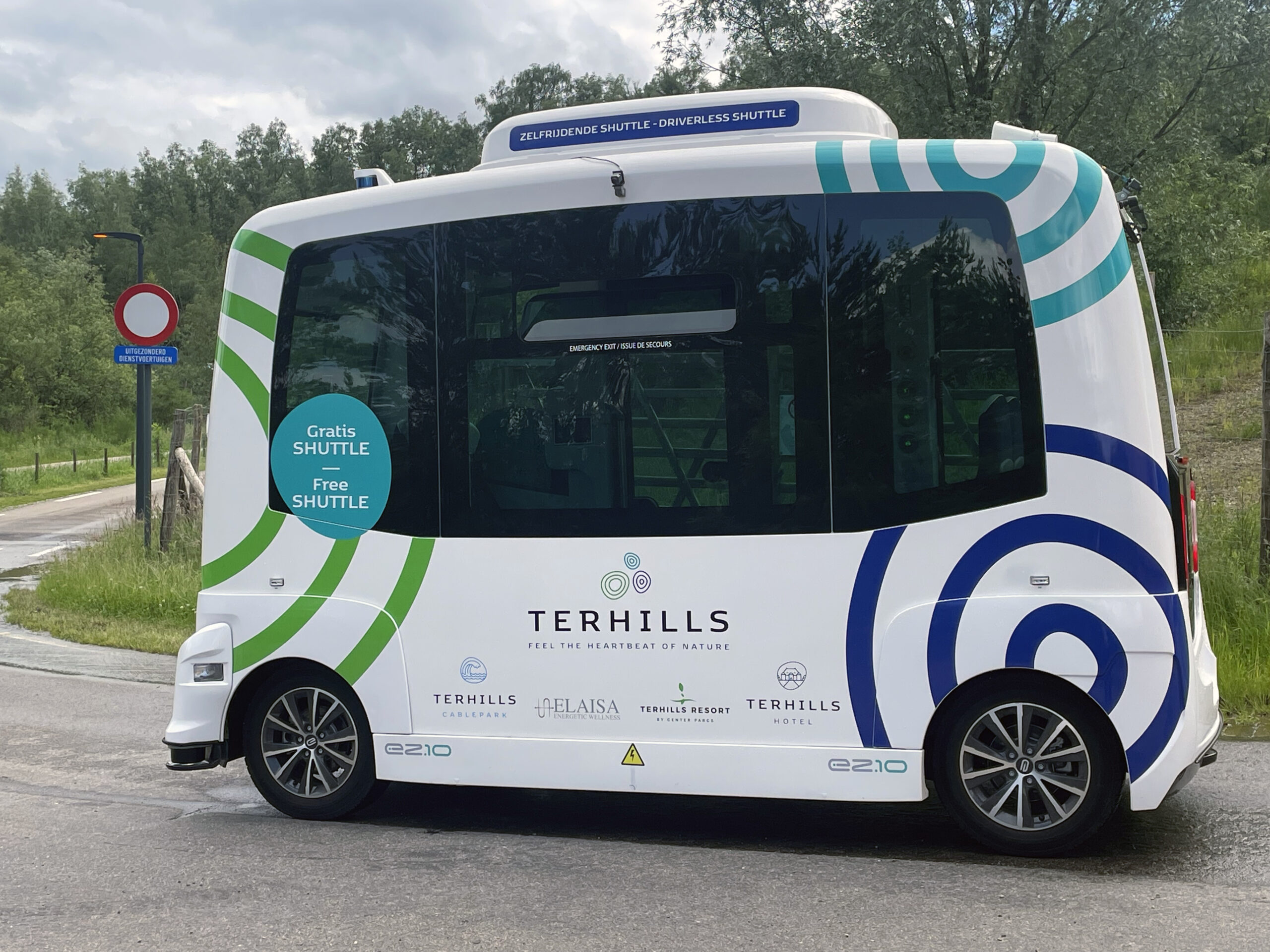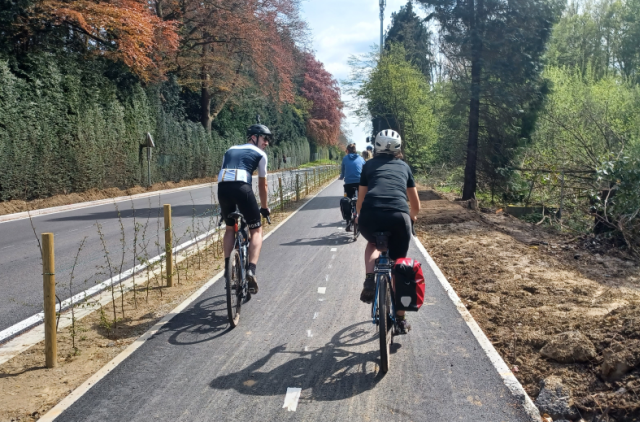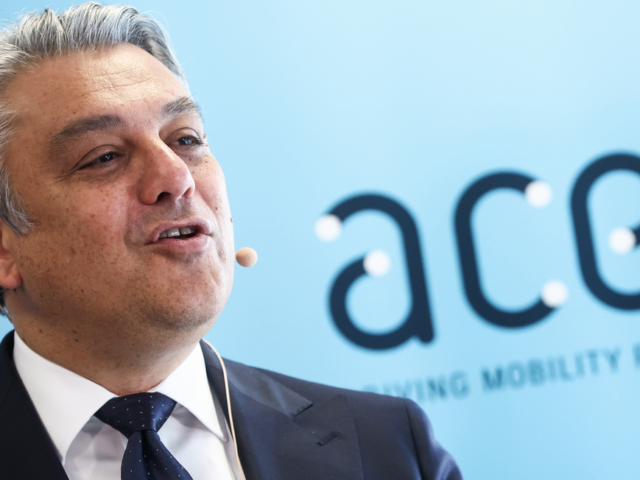At the Terhills tourist site in Dilsen-Stokkem and Maasmechelen in Limburg, five instead of two self-driving shuttles will now drive around to take tourists and guests there to the various hotspots. It is the first and, so far, only fully autonomous transport system in Europe, i.e., without a safety steward on board.
The shuttles can carry more than 200 passengers per hour, a capacity that no other European autonomous bus line would achieve.
Largest fleet in EU of autonomous driving shuttles
In 2022, a test phase was launched at Terhills, the former mining site of Eisden, in which two shuttles drove autonomously and without a steward along a 4,5-km route and stopped at all the attractions on the 356-hectare site.
“That was a first at the time,” Tom Van Ham of the Limburg Reconversion Company (LRM) told press agency Belga. “Now we are coming up with an even bigger first: the largest fleet of autonomous driving shuttles in Europe.”
After a positive evaluation, LRM, Terhills, and the partners have now decided to run five shuttles from this week. Initial satisfaction measurements show that passengers were very satisfied with the system during the pilot phase and felt safe on board even without a steward.
12 passengers per shuttle
The shuttles accommodate 12 passengers each and are also accessible for wheelchair users. In recent months, the closed course has been optimized further, and a depot with charging infrastructure for the e-shuttles was built.
France’s EasyMile and Belgium’s Use are the project’s technology partners. The bus is equipped with a localization and detection system that detects fixed and moving obstacles that cross its path. The route the EZ10 travels is equipped with beacons, allowing the shuttle bus to orient itself.
No subsidies anymore
Unlike the pilot phase, the entire project is no longer subsidized but funded by LRM, Terhills Resort, and the various site partners. This will allow visitors to Terhills to use the shuttles free of charge.
The mobility project cost 4 million euros over 10 years, of which 789,799 euros was provided by the European Regional Development Fund (ERDF). Flemish Minister of Mobility and Public Works Lydia Peeters (Open VLD) and Minister of Works Jo Brouns (CD&V) jointly invested 836,811 euros in the project.
Minister Peeters is full of praise for the shuttles. “It is very important that we can boost autonomous transport here. Innovation and sustainability are real keywords for the future, and innovative applications in mobility boost our economy and prosperity, so I want to continue working on that.”
The Flemish government wants to make autonomous driving possible everywhere in Flanders from 2026, including on public roads. However, traffic rules and the Highway Code are mainly a federal competence.




Comments
Ready to join the conversation?
You must be an active subscriber to leave a comment.
Subscribe Today